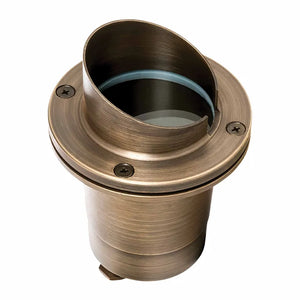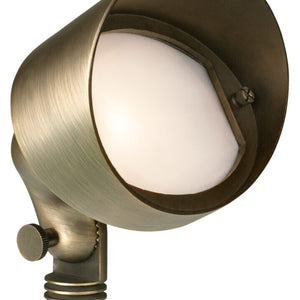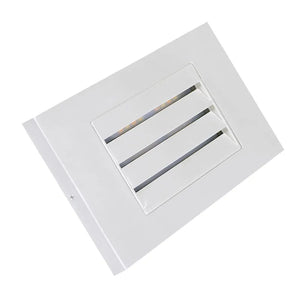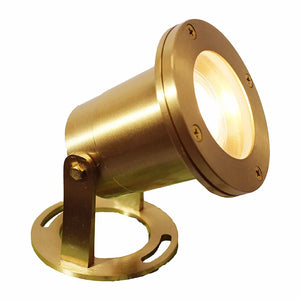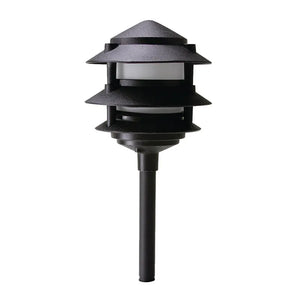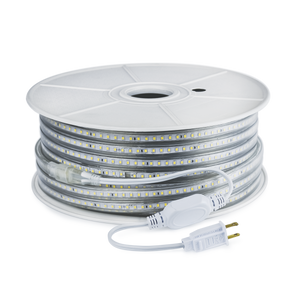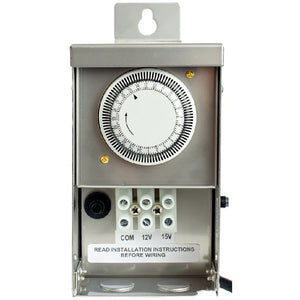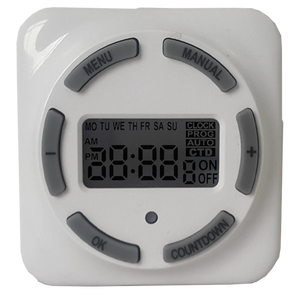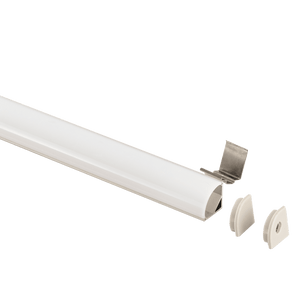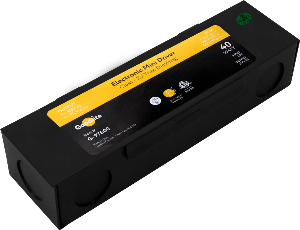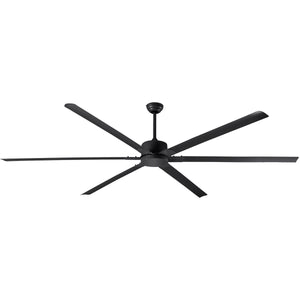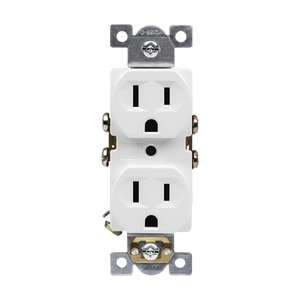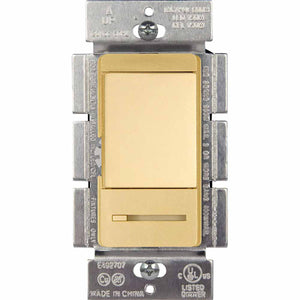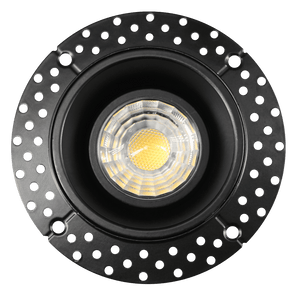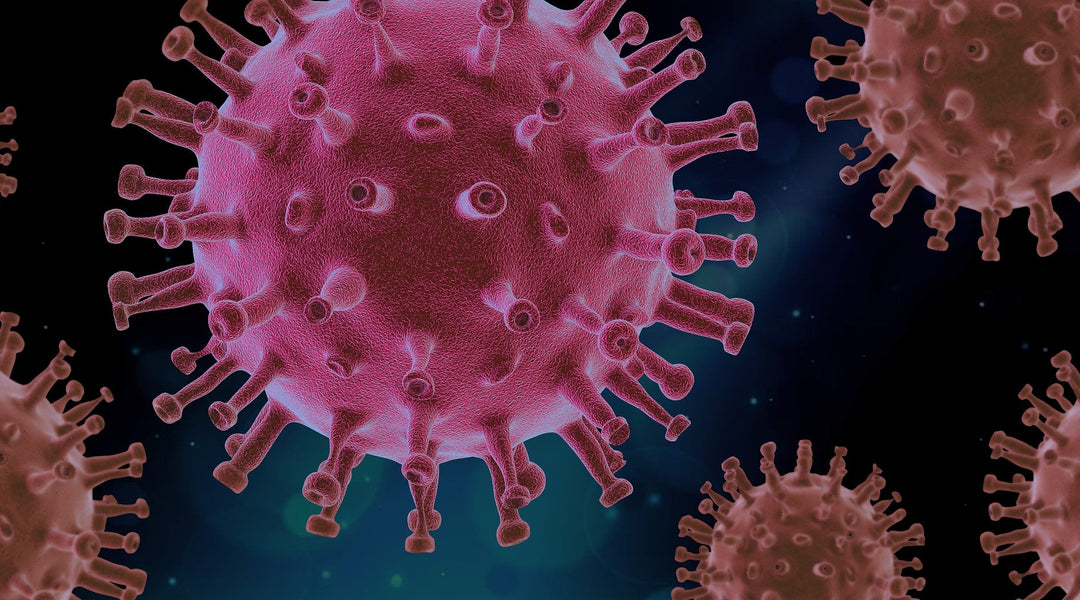
The coronavirus pandemic has breathed new life into a technique that has been around for decades and can zap viruses and bacteria. The broad spectrum germicidal UV light with wavelengths of 200 to 400 nanometers is capable of killing bacteria, microbes and viruses without destroying the molecular bonds that hold DNA together. According to the IUVVA (International UV Association), the dose is sufficient to kill bacteria, fungi and viruses. This source of UV sterilization can kill 99% of viruses, bacteria and fungi in an extremely short time. Studies have shown that UV light is able to destroy up to 90% or more of the pathogens in the human body.
Extensive scientific research has proven that the ability of ultraviolet light to inactivate viruses and bacteria has been well documented for decades. Researchers and scientists have known for more than a decade that ultraviolet light can kill viruses, bacteria, fungi and other pathogens such as bacteria and viruses. UV light inactivates viruses or bacteria in the same way as it kills bacteria or viruses. This ability enables water to be disinfected and protected from harmful microorganisms.
When bacteria, viruses and protozoa are exposed to germicidal wavelengths of UV light, they become unable to reproduce or infect. UV light can also inactivate microbes such as bacteria and viruses by damaging their DNA. Although viruses or bacteria are much smaller than human cells, the UV-C light that is far away reaches their DNA and effectively kills them. However, it does not pose a risk to human health as it can inactivate microbes in the range of 200-300 nanometres (100-280 nm) without damaging the DNA of the microbes.
It has been found that the warming caused by the rich infrared radiation of the sun also has some effect on the killing of bacteria and viruses. It is thought that UV disinfection is more effective against large pathogens with an outer coating, such as cysts (e.g. giardia), which are shielded from DNA damage by UV light, while bacteria or viruses have more exposed genetic material.
https://www.insider.com/does-uv-light-kill-germs
https://techengage.com/killing-viruses-with-uv-light/
https://abionline.com/is-uv-sterilization-effective-for-viruses-and-bacteria/
https://www.healtheuropa.eu/breakthrough-ultraviolet-light-development-could-help-kill-covid-19-virus/100409/
https://healthfeedback.org/claimreview/hand-held-uv-lights-sold-online-to-kill-microbes-are-effective-only-in-specific-conditions-and-can-be-unsafe-when-used-improperly/
https://www.medicinenet.com/can_uv_light_kill_or_prevent_coronavirus-news.htm
https://insider.energytrust.org/germicidal-uv-light-and-covid-19/
https://soeasilydistracted.com/home/using-uvc-light-to-sterilize-and-disinfect-bacteria-viruses-and-mold/
https://www.hepacart.com/blog/what-to-look-for-when-comparing-uv-sterilization-devices
https://harkerheating.com/does-uv-light-kill-corona-virus/
https://www.pickhvac.com/faq/hvac-uv-lights/
https://www.rxair.com/do-uv-air-purifiers-really-work/
https://lamppicker.com/best-uv-disinfection-lights-germicidal-lamps-reviews/
http://www.oxlighting.com/how-can-germicidal-lamp-kill-viruses/
https://www.wavelengthlighting.com/germicidal-uv-light-disinfection-office-covid19-coronavirus
https://www.trojanuv.com/uv-basics
https://www.prweb.com/releases/uv_c_germicidal_light_to_combat_viruses_in_air_and_on_surfaces/prweb16998130.htm
https://www.biospace.com/article/uv-c-light-kills-sars-cov-2-triggering-novel-lighting-options-for-public-spaces/
https://surgicallycleanair.com/ultraviolet-light-uv-c-a-highly-effective-way-to-kill-germs-and-viruses/
https://insights.regencylighting.com/does-all-uv-light-kill-viruses
https://nymag.com/strategist/article/does-uv-light-kill-germs-best-sterilizer.html
https://en.wikipedia.org/wiki/Ultraviolet_germicidal_irradiation
https://www1.fsgi.com/uv-c-lighting-effective-covid-19-viruses/




















